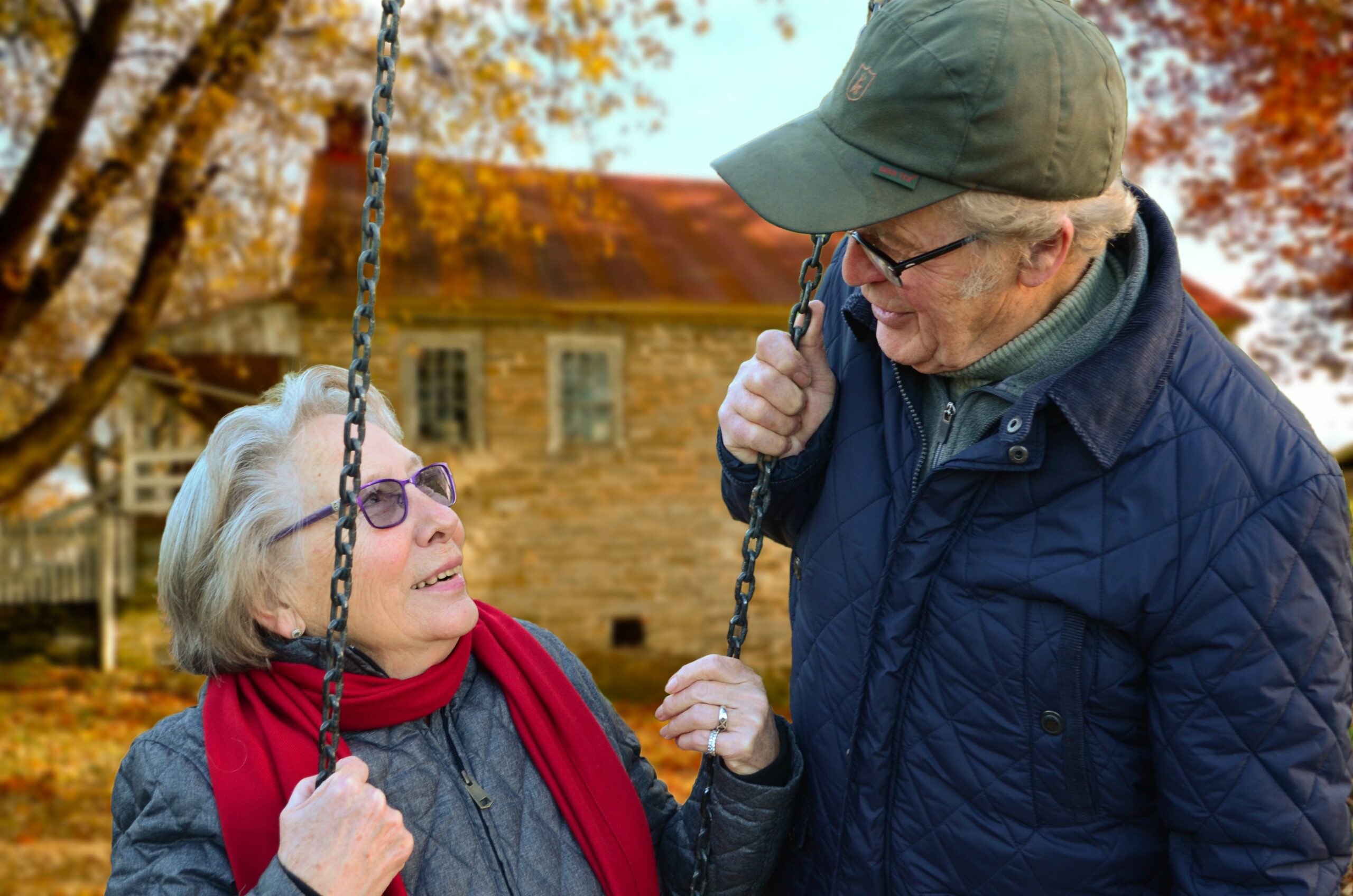Chronic lymphocytic leukaemia

What is chronic lymphocytic leukaemia (CLL)?
Chronic lymphocytic leukaemia (CLL) is a type of leukaemia and therefore a type of blood cancer. The word ‘chronic’ in the name indicates that the disease may develop slowly. The word ‘lymphocytic’ refers to the type of blood cells affected which are called lymphocytes.
CLL is the most common leukaemia diagnosed in adults. CLL is very rarely diagnosed in children and young adults. Many people diagnosed with CLL report no symptoms and the diagnosis is often highlighted following a routine blood test for another condition.
Chronic lymphocytic leukaemia (CLL) symptoms
As mentioned, signs and symptoms of chronic lymphocytic leukaemia* are likely to develop slowly and may not present themselves; however, there are some signs you can look out for:
- Swollen lymph nodes
- Unexplained weight loss
- Bruising and bleeding easily
- Fatigue
- Night sweats
- Bone pain
Signs of CLL are often similar to symptoms experienced in the main types of leukaemia. If you’re experiencing one or more of these symptoms, it’s very important that you see your GP and ask for a blood test. If your symptoms are a type of leukaemia, early detection can significantly improve the success rate of your treatment and recovery.
Facts about chronic lymphocytic leukaemia
- CLL accounts for 12.6% of diagnosed blood cancers.
- 40% of all new CLL cases in the UK are diagnosed in people aged 75 years or over.
- CLL is the most common type of leukaemia diagnosed in adults – 38% of all leukaemia cases.
- Over 4,720 people are diagnosed with CLL in the UK every year.

How does CLL develop?
CLL develops in white blood cells called lymphocytes in the bone marrow.
The bone marrow is the soft inner part of the bones, where new blood cells are produced. Every blood cell grows from a stem cell in the bone marrow. Normally, the stem cells make an early stage of the blood cell called a blast. These blasts should develop into normal healthy blood cells. In the case of lymphoblasts, these derive from lymphoid stem cells, and should develop into fully functioning lymphocytes. Lymphocytes have a vital role in the immune system and protect against infection.
Lymphoid cells are a type of white blood cell that help fight infection. A lymphoid stem cell becomes a lymphoblast cell and then one of three types of lymphocytes:
- B lymphocytes that make antibodies to help fight infection.
- T lymphocytes that help B lymphocytes make the antibodies that help fight infection.
- Natural killer cells that attack cancer cells and cells infected by viruses.
CLL occurs when a lymphoid cell develops changes/alterations (mutations) in its DNA. A cell’s DNA controls how a cell develops and functions, to multiply at a set rate and to die at a set time. A cell with altered DNA may be unable to fully develop and mature properly to fulfil its function to protect against infection. In addition, the usual controls for growth and dying may be lost, thereby allowing the resulting abnormal cells to continue to multiply quickly. The abnormal lymphocytes could now be called leukaemia cells or CLL cells.
The CLL cells may multiply and survive better than normal cells and over time, may accumulate in the blood, bone marrow, spleen and lymph nodes. In CLL, the bone marrow produces too many B lymphocytes which are not fully developed and could be called immature. These CLL cells are not able to fight infection very well. Also, as the number of CLL cells increases in the blood and bone marrow, there is less room for healthy white blood cells, red blood cells, and platelets.
CLL cells do not always prevent normal blood cell production as extensively as leukaemia cells in people with acute leukaemia. In some people with CLL, the disease progresses slowly and, if there are minimal changes in their blood cell counts, CLL may remain stable for years. Other people may have a faster-growing form of the disease, in which the CLL cells accumulate in the bone marrow and blood, and there is a significant decrease in the numbers of red blood cells and platelets.
Searching for answers: Leukaemia UK funded research
Dr Matt Blunt, Leukaemia UK John Goldman Fellow, has found new ways to direct one group of immune cells against leukaemias including CLL – discoveries which could lead to effective treatments with fewer side-effects to save more lives.

Treatment for chronic lymphocytic leukaemia
Treatment options for CLL** will likely vary depending on the stage of CLL and the patient’s overall health and symptoms. Depending on the stage of CLL, patients may not always need treatment straight away.
The main treatment options for CLL can include:
- Targeted cancer drugs
- Chemotherapy
- Stem cell transplant
- Radiotherapy
- Steroids
- Antibiotics
Read more about common treatments for leukaemia.
Your doctor will be able to talk you through the different treatment options for CLL. They will also talk you through possible side effects and will be able to answer any further questions you have about CLL.
At Leukaemia UK, we firmly believe that research has the power to make a difference and truly change lives. Our research team are constantly researching kinder and more effective treatments for different types of leukaemia, including CLL.
References
Facts and statistics quoted on this page are derived from a number of sources which include: The Office of National Statistics (ONS), Cancer Research UK (CRUK), Haematological Malignancy Research Network (HMRN), Blood Cancer UK (BCUK), Lymphoma Action & Myeloma UK
*CLL Symptoms – Source: Cancer Research UK
*CLL Treatments – Source: Cancer Research UK


